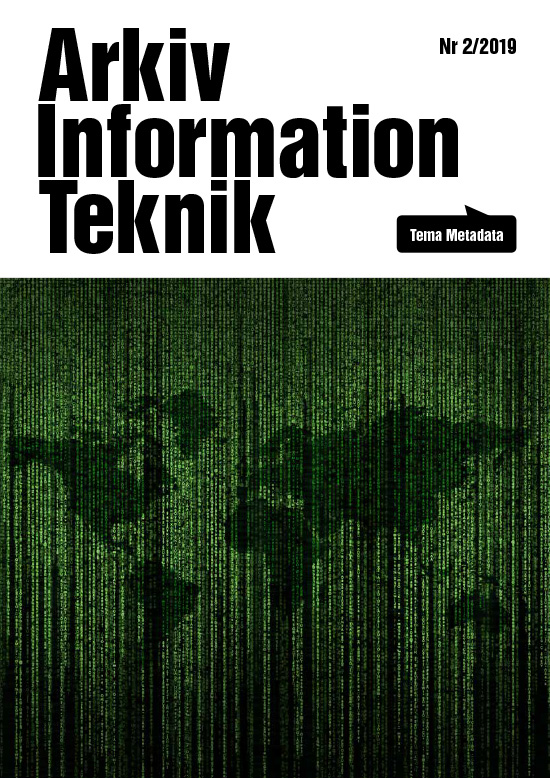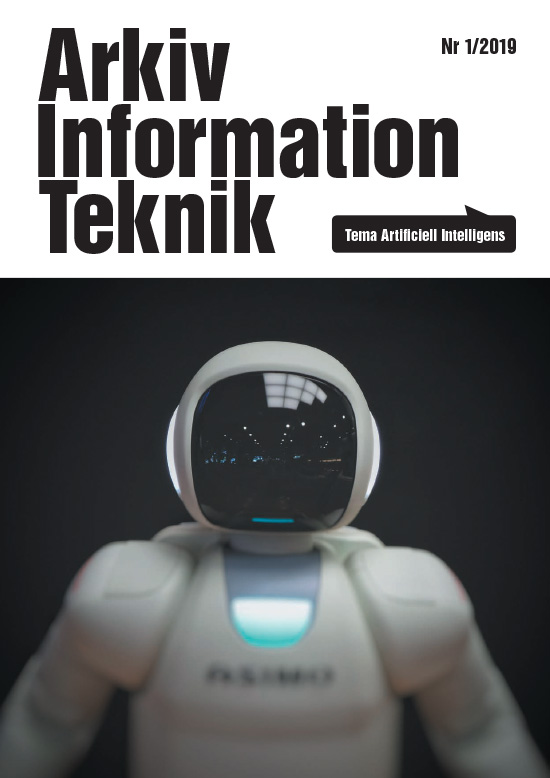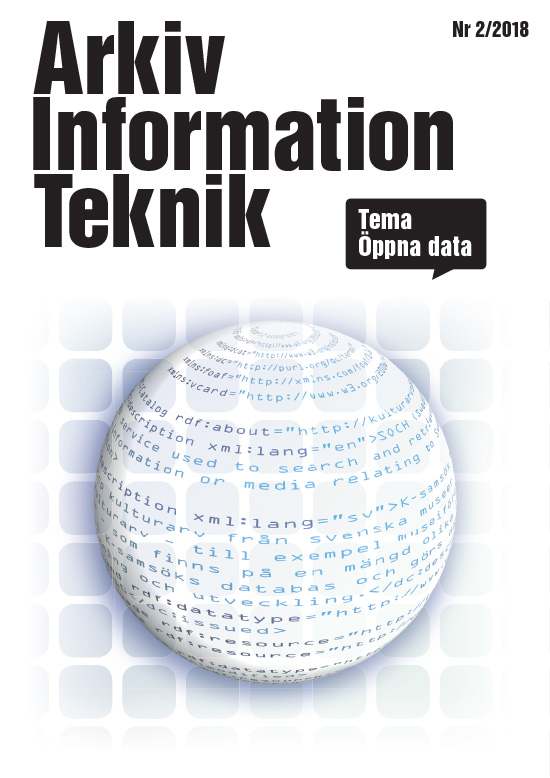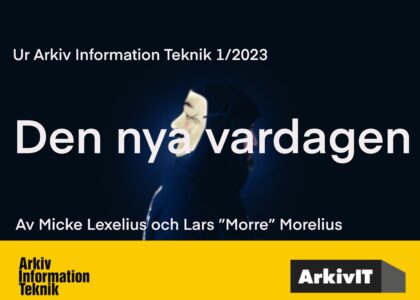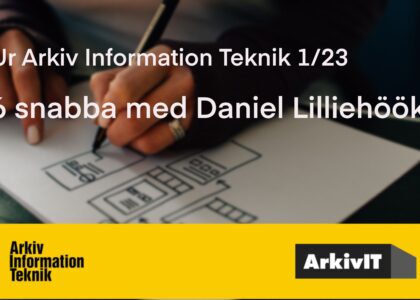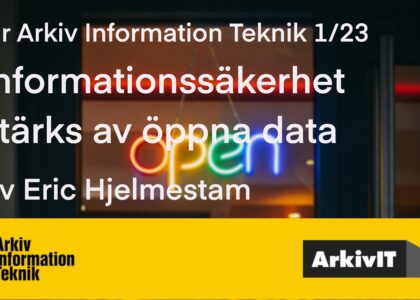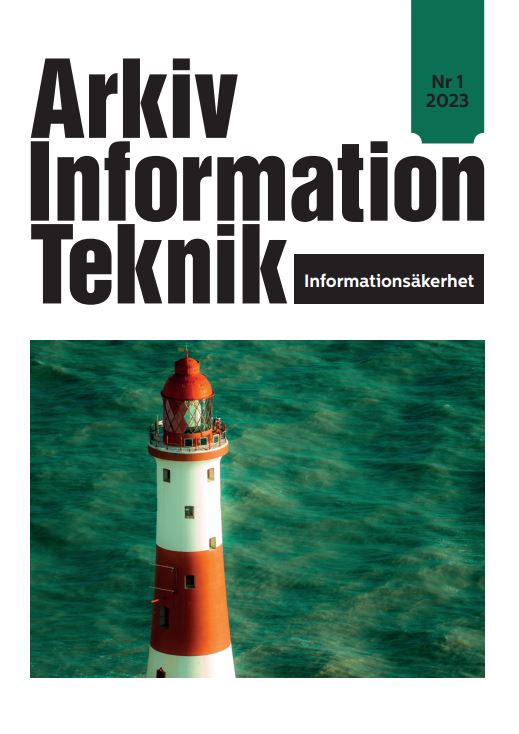
PDF: Arkiv Information Teknik Nr1/2023, Informationssäkerhet
Informationssäkerhet är en av grunderna för en god informationshantering. Följ med våra skribenter när de tittar på olika aspekter av informationssäkerhetsarbetet. Du får läsa om cybersäkerhet, karriärbyten, systemutveckling, hur man får stöd och hjälp men även hur man ger stöd och hjälp i den här frågan som vi upplever att många ser som väldigt komplex.





